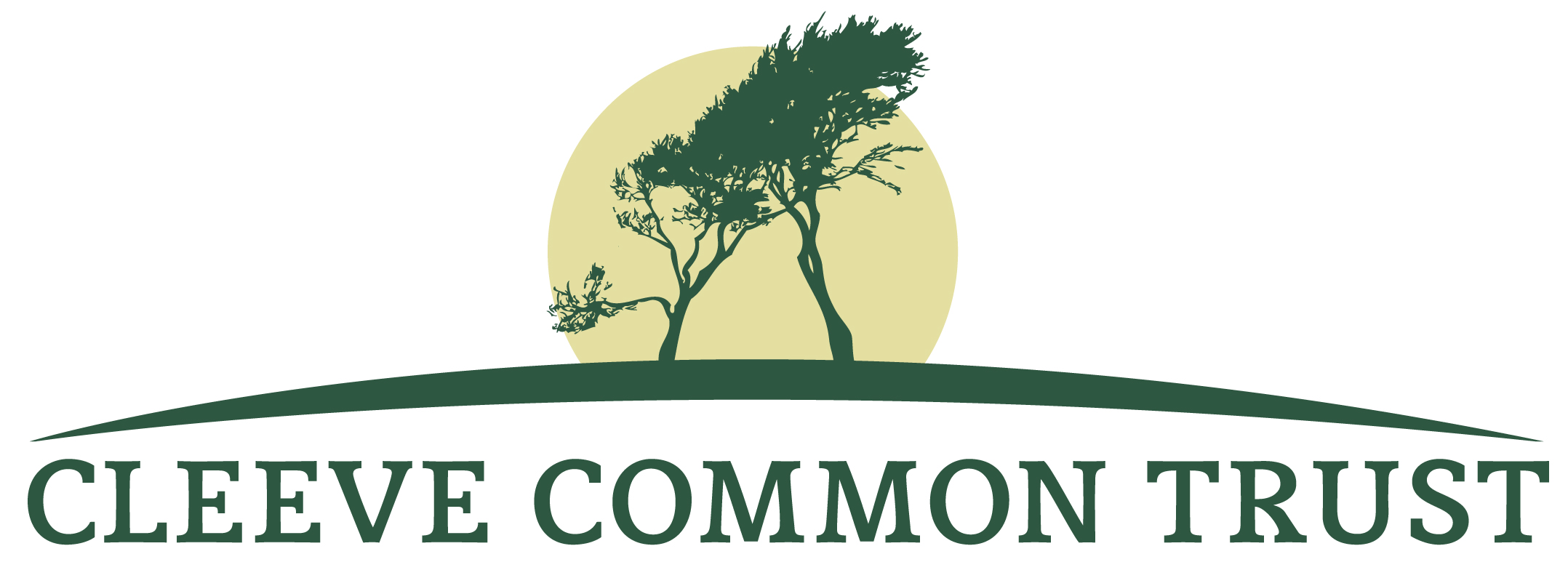Virtual fences, future farming begins on Cleeve Common
Cleeve Common Trust looks after the 1000 acre common on top of Cleeve Hill. Commoners and local farmers graze sheep there from April to November and the Trust have their own herd of 22 Belted Galloway cattle which live on the Common year-round. These cattle will soon be fitted with GPS collars and their ‘winter’ paddocks will be drawn on an app instead of being enclosed with electric fencing.
During the spring and summer months, the Belted Galloway cattle free roam on Cleeve Common, mixing freely with the sheep. In the winter, they have traditionally been penned in large winter paddocks to focus their grazing efforts where it is most needed. The grazing is done to conserve and improve the condition of the unimproved limestone grassland which covers most of the Common. This rare habitat has declined from 40% to just 1.5% over the Cotswolds since the 1930s.
This year these paddocks will be virtual, as Conservation Officer Giles Alder explains. “I can use an app to draw the paddock outline. The app then talks to the GPS collars the cattle are wearing to set the boundary. This is great because traditional electric fences have limited use when it comes to negotiating the slopes of Cleeve Common. This way we can really focus on the areas that need grazing, some of which have not had focused grazing on for some time, and keep the cattle off the golf course too!”
The technology was developed in Norway and has been tested in the UK by several other organisations with great success. The solar-powered GPS collars prevent the cattle from moving outside the fenceless paddock by alerting them to the fact they are approaching the boundary with a musical tone. If they persist, they are deterred by an electrical pulse, which carries less strength than standard electric fencing. Studies show that the cattle associate the musical tone with the approaching boundary and quickly learn to turn back before crossing it.
The cattle’s welfare can also be much more closely monitored which Operations Manager James Aylward is pleased about. “Our team of rangers can use the app to see if a particular animal has been still for a long time and go and check on its welfare easily as they will know exactly where to find it. Even better than that, we can look at the data to monitor problems and intervene early. For example, if we notice the same member of the herd is always straggling behind when the boys are on the move, we can go take a look at him”.
Visitors should also benefit from the fenceless system as they will not have to worry about fencing cutting off favoured routes across the Common.
Cattle will be fitted with their new collars in mid-July so visitors can expect to see cattle with their new necklaces on soon.
